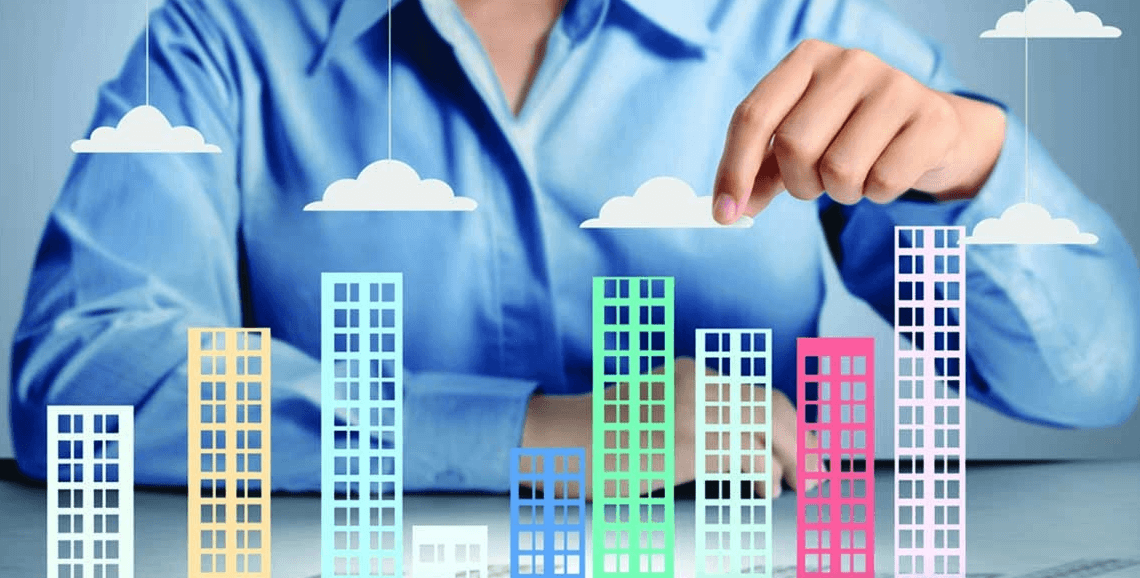Introduction
Rooftop developers are redefining city living by transforming underutilized roof space into vibrant lifestyle hubs. In a world where urban density often limits access to outdoor areas, these developers create innovative solutions that bring leisure, greenery, and luxury to the top of residential and commercial buildings. By turning rooftops into spaces for relaxation, fitness, and social connection, rooftop developers are reshaping how people experience modern urban life.
At the core of rooftop developments is the idea of maximizing vertical space. Instead of leaving rooftops as empty or purely functional areas, developers design them as extensions of daily living. Rooftop gardens, lounges, swimming pools, and sky decks provide residents with access to outdoor environments in the heart of dense urban settings. These spaces not only enhance the quality of life but also offer panoramic views that redefine the concept of luxury.
Wellness is a major focus for rooftop developers. By incorporating features such as yoga decks, fitness zones, and meditation areas, rooftops become sanctuaries for health and relaxation. Green roofs and landscaped terraces add a touch of nature to otherwise concrete surroundings, improving air quality and offering residents a calming escape above the city bustle.
Socialization and community building are also central to rooftop design. Developers often include barbecue areas, event spaces, and entertainment lounges where residents can host gatherings or participate in community activities. These features transform rooftops into lively hubs of interaction, strengthening the sense of belonging within urban communities.
Sustainability plays an equally important role. Rooftop developers frequently incorporate solar panels, rainwater harvesting systems, and energy-efficient technologies to reduce environmental impact. Green roofs not only help regulate building temperatures but also contribute to biodiversity, aligning modern urban living with eco-conscious principles.
From an investment standpoint, properties with rooftop amenities enjoy higher demand and long-term value. Buyers and renters are increasingly drawn to homes that offer exclusive access to sky-high features, seeing them as symbols of modern convenience and prestige. For developers, this approach adds marketability and distinguishes their projects in competitive urban landscapes.
Conclusion
Rooftop developers are elevating urban living by transforming once-overlooked spaces into lifestyle destinations. Through the integration of wellness, sustainability, and community-driven design, they create environments that maximize both functionality and luxury. As cities continue to grow vertically, rooftop developers will play a vital role in shaping the future of modern, sky-high living.




